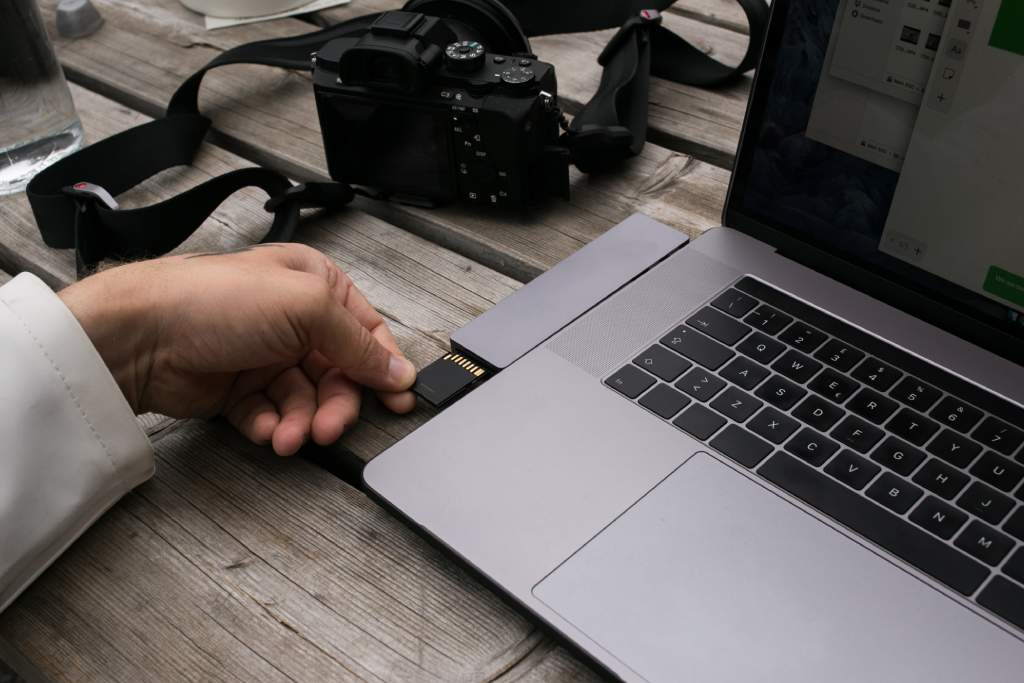Open Wi-Fi Networks: How Risky Is It To Connect To One?

Nowadays, the internet has become a fundamental part of our lives. Whether to work, study or to entertain you, we always seek to be connected. Therefore, sometimes we are forced to use open Wi-Fi networks, either due to lack of mobile data or because we are traveling. According to various studies, more than 73% of users use this type of network, even 40% of them share personal and sensitive data using public Wi-Fi, without knowing that this exposes them to great risks.
Table of Contents
Types Of Wi-Fi Networks
When it comes to connecting to the internet, there is a diverse number of network types, giving us the possibility of connecting to one in one way or another. However, the most common types of networks are.
- open networks. They are those networks in which with a single click you can access them, without the need for any type of authentication.
- Closed public networks. These types of networks are common in universities or hotels. Being closed for external users. But with a large number of people using the network.
- Networks with username and password. They are those that, despite being public, will ask you to enter a username and password. That way you can gain access temporarily.
- Social Wi-Fi. These networks are the most used by restaurants or commercial establishments. Being the way to access them through our profiles on social networks.
Open Wi-Fi Networks, What Are They?
As we mentioned above. Open Wi-Fi networks are those that you can access with a single click. This means that they do not have any type of encryption and give the possibility of connecting to the Internet quickly. But not necessarily safe.
These types of networks are quite common in squares, bars and shopping centers. Therefore, it is common for us to connect to these networks when we run out of data or we are traveling somewhere where we do not have coverage. But do we really know if our data is being protected at those times?
Risks Of Use
The truth is that when we connect to open Wi-Fi networks we expose ourselves to a variety of risks. Among which is.
- Intermediary teams. Some malicious user could interfere between us and the service. Thus configuring your device and getting to read our private information.
- Theft of transmitted data. This is a case that can occur more regularly in those networks that do not have any type of security. Therefore, the data we transmit could be extracted by anyone, the information being extremely vulnerable.
- Account theft. Using open Wi-Fi networks makes it easier for cybercriminals to steal information regarding access to social networks or online banking.
- Theft of stored data. When you connect to these types of Wi-Fi networks, you expose your device to being completely visible to other connected users. This is why you are more vulnerable to suffering any type of attack on the data you have stored. Even the removal of them.
- Virus. As we mentioned before, connecting to open Wi-Fi networks exposes you to infecting your device with any type of computer virus.
- Innocent hacker. Sometimes, for wanting to connect to the internet. People try to connect to private Wi-Fi networks that do not have any protection. However, this can be a trap, since they could be intentionally exposed to networks in order to steal your data. This is why we recommend you avoid this type of practice.
How To Protect Your Data?
Now, taking into account all the risks to which we expose ourselves when we connect to open Wi-Fi networks. If at any time you need to connect to one of them, you need to follow a series of recommendations to prevent and protect your data.
- encryption. One of the most important points is to realize that the web you are accessing from the open network is https and not http. Since this guarantees security protection. You should also keep in mind that there are various Wi-Fi network security systems that we can find from least to most secure, WEP, WPA, WPA2.
- virus. It is very important to always have an antivirus installed on the phone or computer with which we are going to access a public network. So that it can detect any type of threat.
- VPN. One of the best security tools when accessing open Wi-Fi networks is to use virtual private networks or VPNs. These offer virtual point-to-point connections, acting as a kind of private tunnel between both ends of the communication.
- Don’t use banking apps. As we mentioned in the risks, using open Wi-Fi networks can be a great risk for our money. That is why it is not recommended to open banking applications or any online payment tool.
- Incognito Browsing . When it comes to using some kind of shared equipment. Like those of a university or library. It is recommended to do our searches from an incognito window. In this way, the equipment will not keep any record of the pages you open, the cookies or the information shared.
Also Read: This Is How You Build Up An Expert Status On The Internet






